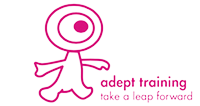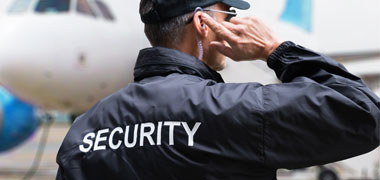
How do I become a phlebotomist?
Certificate III in Pathology Collection
- There are no mandated entry requirements.



Certificate III in Laboratory Skills
- There are no mandated entry requirements.
 LTT
LTT
Certificate III in Pathology Assistance
- There are no mandated entry requirements.
 Adept Training
Adept Training
Perform Venous Blood Collections
- There are no mandated entry requirements.



Related occupations
Medical Laboratory Technician
A Medical Laboratory Technician performs tests on bodily fluids and tissues to assist in diagnosing medical conditions while maintaining patient confidentiality.
Pathology Assistant
A Pathology Assistant prepares and tests samples in medical labs, working independently or in teams, ensuring accurate results using specialist equipment.
Pathology Collector
A Pathology Collector collects and labels bodily specimens from patients, ensuring accurate paperwork and specimen handling for lab testing.
Laboratory Attendant
A Laboratory Attendant performs various tasks in medical or research labs, assisting staff, collecting samples, and preparing reports while ensuring safety and accuracy.
Laboratory Technician
A Laboratory Technician operates specialist equipment in medical or research labs, conducting tests and assisting with research while ensuring accuracy and safety.
Laboratory Supervisor
A Laboratory Supervisor manages lab operations, ensures procedures are followed, meets targets, and oversees staff while maintaining safety and accuracy.
Senior Technical Officer
A Senior Technical Officer coordinates lab research, ensures safety and correct procedures, leads staff, and presents accurate testing results.
Cardiac Technologist
A Cardiac Technologist operates imaging equipment, performs stress tests, analyses ECGs, and supports cardiologists, ensuring patient care.
Biomedical Technician
Biomedical Technicians ensure the safe and efficient operation of medical equipment in healthcare settings by performing maintenance, repairs, and technical support.
Common questions
How much does a Phlebotomist earn?
In Australia, a full time Phlebotomist generally earns $1,288 per week ($66,976 annual salary) before tax. This is a median figure for full-time employees and should be considered a guide only. As you gain more experience you can expect a potentially higher salary than people who are new to the industry.
What are the job opportunities for a Phlebotomist?
The number of people working in this field has increased in recent years. There are currently 9,000 people employed as a Phlebotomist in Australia compared to 7,100 five years ago. Phlebotomists may find work across all regions of Australia.
Source: Australian Government Labour Market Insights
How do I become a Phlebotomist?
If you’re interested in pursuing a career as a Phlebotomist, consider enrolling in a Certificate III in Pathology Collection. This course will give you the skills to collect blood and other pathology samples. You'll learn to prepare specimens, record them and get them ready for transport.
Further reading


Certificate III in Pathology Collection: Everything You Need to Know
10th February 2025)

